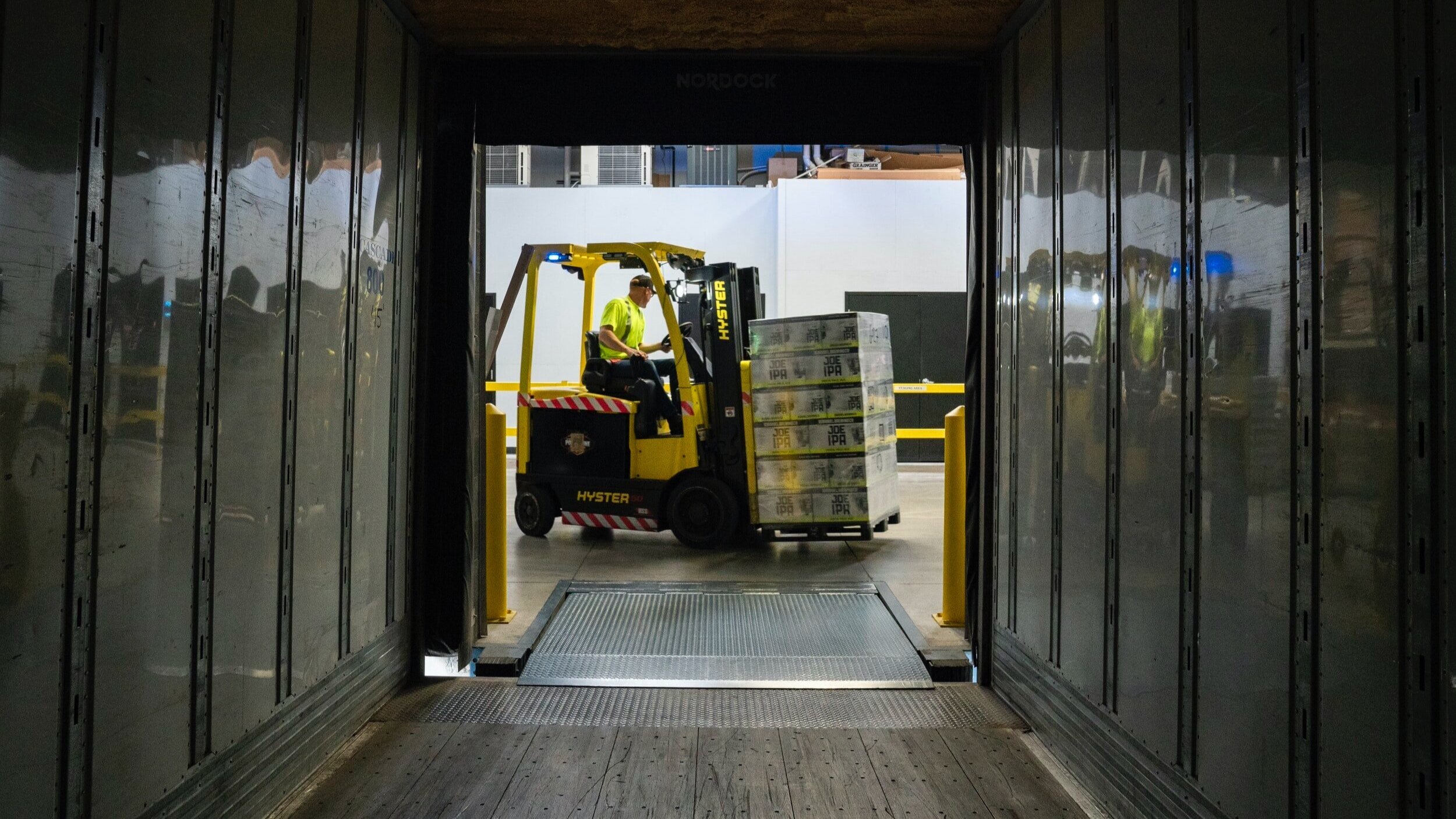5 Top Trends that Will Re-Shape Logistics and Transportation in 2024
TABLE OF CONTENTS
Recent years have brought massive change to every industry around the globe. Not least of all transportation and logistics. As people stayed at home to help reduce the spread of COVID-19 demand for contact-free delivery and convenience sky-rocketed.
The changes from the last few years are still reverberating. They’ll drive new and unexpected trends through 2024. Logistics and transportation are both significant contributors to national economies. In 2019, 173.5 billion was generated for the US by trucking transportation alone. By September of last year, FedEx Express had made 7.1 billion dollars in freight revenue alone.
If anything, the past few years have shown how vital transportation and logistics are to the smooth-running of society. It’s also caused us to think differently about how we do things.
PwC have predicted investment in infrastructure, warehousing, and a drive toward increased digitization as areas of focus in the coming decade. With their analysis in mind, we’ve pulled together five logistics and transportation trends to watch out for in 2024.
1. Digital twins with next generation control towers
‘Digital Twins’ are virtual representations of real-life objects, processes, or systems. Their ability to aid planning and responses to unforeseen circumstances are second to none.
NASA relied on early digital twin technology to rescue the Apollo 13 astronauts in 1970.
Within logistics, a digital twin can model the entire supply chain from the producer through to the customer. It delivers greater insight, understanding, and an ability to spot opportunities along with risks. Using sensors and machines linked to the Internet of Things, a digital twin gets a live feed of information that helps it keep up with operations - even if they span the globe.

Combining digital twin technology with supply chain control towers allows for real-time monitoring from a central hub. That, with full-bodied scenario testing, brings a whole new level of supply chain understanding within reach.
Unplanned risks can be mitigated quicker. Worst-case scenarios can be tested without putting operations at risk. Best of all, the data gleaned delivers insights that can help grow a business’ bottom line.
Neither of these technologies is in its infancy. Both offer high value for optimizing systems and transforming business processes.
2. E-Commerce will continue to rise
Speed, convenience, virus-free browsing, and a general tendency to do more online by most will keep pushing up online sales volumes.
In the US it’s expected that in 2024, there will be 300 million online shoppers - that’s 91% of the population! More online sales mean more demand for warehousing, transportation, deliveries, and everything else that gets the product from the screen into the customer’s hands.

This trend signifies a gargantuan opportunity for the transportation and logistics sector. Expansion is a must for businesses that want to keep up with demand. Attracting, training, and retaining new talent will become more and more pressing as eCommerce continues to grow.
The sector already struggles with an aging workforce, just 9% of Europe’s freight drivers are 25 or under. Poor image, lack of clear career progression, and safety concerns are some of the issues holding businesses back when it comes to attracting talent. To grasp the opportunity eCommerce presents, companies will need to address their labor shortage issues.
3. Increasing demand for zero-emissions transportation
We only have one planet. Keeping it in good order means reducing our CO2 emissions. While the rest of the world is busy trying to reduce its footprint, transport emissions are on the rise. The transport sector accounts for 28.2% of America’s greenhouse gas emissions.
As climate change heats up and instances of wild weather increase, more and more focus will be turned to the transport sector.

Fortunately, a few automotive manufacturers like Tesla Semi and Nikola Motors have been working on the problem. Both battery and hydrogen-powered trucks are already available. Breytner, in the Netherlands, is leading the way as Europe’s - maybe even the world’s - first zero emissions trucking company.
4. Increasing last-mile delivery demands
The World Economic Forum predicts that 60% of the world’s population will be living in cities by 2030. That’ll increase to 70% by 2050. All this urbanization points to an expectation of growth in the area of ‘last-mile logistics’.
Transportation and logistics companies will need to consider how to minimize congestion, emissions and still meet the customer’s expectation of ‘now’ when it comes to delivery times.
5. Everyday digital training
Companies who want to keep up with the expected growth in the transportation and logistics industry will want to jump on this trend. The switch toward digital learning is expected to become even more pronounced - thanks to the pandemic, more millennials joining the workforce, and our love of mobile.
The need to upskill and reskill employees - fast - was one of the hallmarks of last year. Now that businesses know how to do this, a trend for the next decade is greater adoption across the industry. Zoom training and computer-based learning are decreasing in popularity in favour of digital mobile-first solutions that integrate seamlessly into daily workflows. Not only is it easier to fit into a busy day, but more closely mimics peoples’ interactions with technology as consumers, making it a more engaging experience.
From ongoing upskilling and continuous learning, to rapid re-skilling, to ensuring safety and compliance in the workplace, eduMe’s Workforce Success platform is ideally placed to support transportation and logistics businesses that want to increase the productivity of their teams. Bite-sized lessons delivered to mobile devices make learning fun and manageable for employees who are on their feet working behind the scenes in warehouse fulfilment, on the road with few pit-stops or moving from one delivery to the next.
The ability to track progress and drill down into the data around completion and engagement for learning gives managers insights for understanding what is being absorbed and what employees need more knowledge on. It also helps identify areas where drivers and other employees may need additional training or support.
Businesses across industries, like Deloitte and Uber, are already using our technology to empower their teams to perform at their best.
Join 10,000+ frontline leaders
Subscribe to ‘Training the Frontline’ and get weekly insights sent straight to your inbox.

